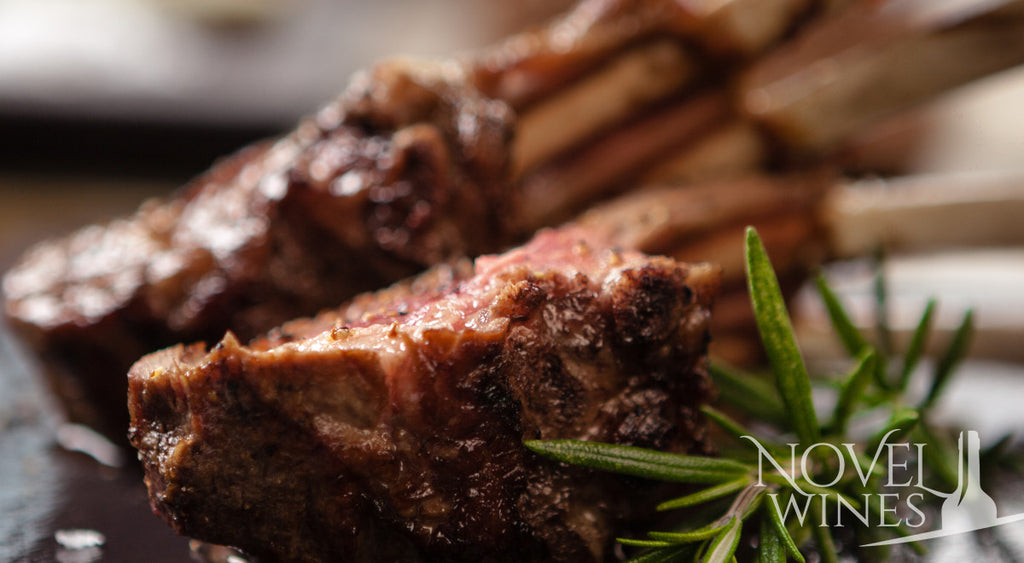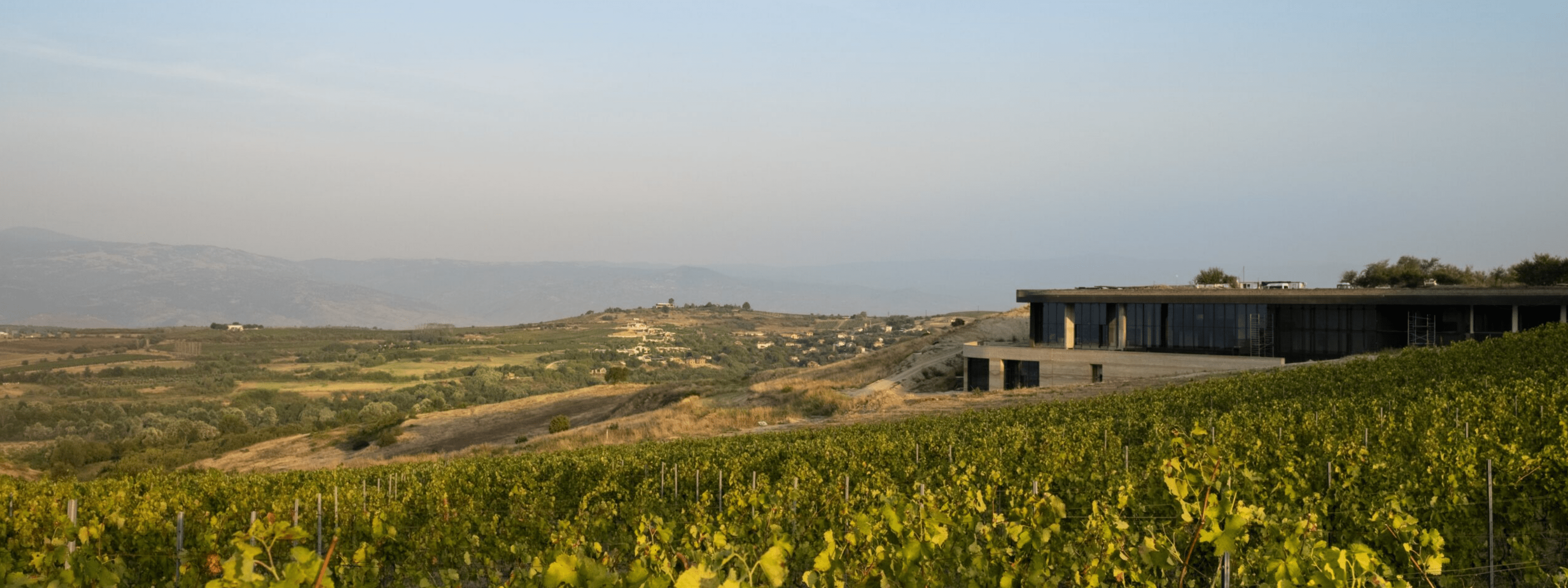
Your Guide to Turkish Wines - This Month's Novel Wines Explorer's Club
Welcome to this month's Novel Wines Explorer's Club, the UK's most exciting wine subscription for the curious drinker. Each month, we will introduce you to a new wine region as part of our promise to deliver no two wines the same for a whole year. Not a member yet? Subscribe here.
Looking for an older guide? See all the Explorer's Club guides here.
What's in this month's Explorer's Club?
This February, we're celebrating the wines of Turkey (officially the Republic of Türkiye) with three of our favourite wineries: Pasaeli, Chamlija and Kayra. Few places have been faced with the challenge that the people of Turkey - and Syria - now have after two devastating earthquakes.
We had planned to share the fabulous wines of Turkey before this disaster struck, but now it feels even more poignant to share the brilliant wines coming from our Turkish producers. We hope you'll love tasting them and exploring something new, while supporting those who make it.

In your box you'll find grape varieties you may never have tried before, from Yapincak to Papaskarasi, and we urge you to spend time with your wines, to savour and sip them - let them grow on you!
So without further ado, let's dive in. Here's our buyer Ben chatting you through this February's Explorer's Club selection.
If you have any specific questions about the wine, you can get in touch with our team here. However, we've got lots of info on the wines below, so pull the cork and get stuck in!
Starting this month's Explorer's Club is our new dry, limited edition white wine Pasaeli Yapincak (included both The Rambler and The Globetrotter). The Yapincak (Yap-IN-jack) grape is indigenous to Şarköy – Tekirdağ region to the south west of Istanbul on the European side of Turkey. The grapes are grown on 50 year old vines at 200m altitude and influenced by sea breeze. The sunshine is plentiful, ripening the skins, and allowing for lots of fruit character.
The grapes are hand-picked, fermented in stainless steel under temperature control, and then aged on its lees (spent yeast) to provide complexity. 10% of the wine is matured in French oak barrels, adding texture and spice, but not overshadowing the fruit. The result is an aromatic, viscous white wine with pithy lemon, quince, linden leaf and grapefruit. It has a saline, mineral finish.
A wine like this pairs beautifully with shellfish, barbequed or charred white fish, or tomato, feta and avocado salad.
Next up is one of my favourite rosé wines, Kayra Beyaz Kalecik Karasi (included in both The Rambler and The Globetrotter). This wine is grown in the subregion of Denizli in Aegean Turkey, characterised by its high altitude and clay and calcareous soils. Grapes ripen easily here and the first harvest is pressed for the rosé, with the later harvests reserved for red. The rosé is made purely from free run juice, cool-fermented in stainless steel tanks.
The wine is pale pink in colour with aromas of citrus, melon and orange flower. The palate is bursting with grapefruit and summer berries with a crisp finish. Rosé like this is a wonder pairing with Brie or soy-based stir fries.
We've added another rosé in your box, the Chamlija Rosé de Strandja (included in The Globetrotter only). This is a beautifully made rosé grown north of Kirklareli in the foothills of the Strandja mountains that sit to the south-west of the Black Sea. Kirklareli itself, the 'city of vines', is to the south, and Istanbul to the east. This sunny climate leads to grapes that are rich in fruit, with the mountainous altitude keeping the acidity fresh in the wine.
Full of jasmine, cherry, fresh grapefruit and citrus. It is perfect with pork loin, or risotto.
Time for another wine from Pasaeli as we introduce Pasaeli 6N Karasakiz Merlot (included in the The Globetrotter only). The fruit is grown to the north Kaz Dağları (aka Mount Ida) near the city of Troy on a single vineyard around 500m above sea level. It is wildly fermented and partially barrel aged in both French and American oak. As the Karasakiz grape is light-skinned, it looks like a ruby jewel in the glass.
This wine is bursting with dried cranberries, cherries and fig with spicy-sweet tones. It has a surprisingly intense palate for a lighter wine and is lively, satisfying and delicious. Pair it with cured meats or cheese, even slightly chilled.
Time for a classic with the Kayra Kalecik Karasi (included in The Globetrotter only). You've tried the rosé, now for the red! This wine mainly comes from the same vineyard in Denizli as the rosé but winemaker Ozge Kaymaz has also blended in 20% Kalecik Karasi from her Ankara vineyard in central Turkey. This is an earthy, plummy red wine is a soft and medium-full bodied red wine that's not world's away from great Pinot Noir.
This wine works wonders with lamb or game dishes, or try it with roasted aubergine with harissa.
Last up in your case is this Chamlija Kara Sevda 'Blind Love' Papaskarasi (included in both The Rambler and The Globetrotter), this is a bright, spicy and full bodied red wine with elegant aromas of cardamom, cinnamon, cloves, blueberries and violets.
"Kara Sevda" is a tribute to the centuries-old love affair between Papaskarası and the city of Istanbul, where its wine-drinking inhabitants enjoyed the charming wines made from this grape in their tavernas. Once the king of wines in Istanbul, Papaskarası was almost lost until recently, when it was rescued and brought back alive and to the quality it deserves.
Like the best Barbaresco, this wine is a stunning pairing with steak or rich cheese dishes.
The wines of Turkey

Turkey, along with Georgia and Armenia, is often described as the birthplace of wine. It certainly has some of the oldest evidence of viticulture of anywhere in the world, and it's dotted with ancient indigenous grape varieties. More recently, these indigenous grapes are being turfed up in favour of international grapes like Cabernet Sauvignon or Chardonnay to meet export demands and a dwindling domestic market. Fortunately for us, fantastic wineries like Pasaeli, Chamlija and Kayra continue to wave the flag for Turkey's indigenous grapes and introduce us all to something new, novel and exciting.
Turkey is a vast country that enjoys both a hot Mediterranean climate and a continental climate with a high diurnal range. This means some wines are velvety and packed with fruity (a more Med style), softened by sea breeze or viticulture practices to increase airflow, or they are intensely characterful but have marked acidity (a more continental, or mountainous style). This means that, along with all the indigenous grapes to explore, you can also discover a range of terroir-driven styles and - as investment continues - an increasing number of star winemakers.
Eating with Turkish wines

Wine from Turkey is versatile thanks to the intensity of the fruit and the freshness that these top wineries manage to maintain. Typically, you'll have earthy and spicy tones with dried fruit notes in the reds, the latter part thanks to heat, and an oilier bittersweet style in the whites - not far from those Greco or Fiano wines of central Italy. This means fat (cheese, meats, butter) works really well with Turkish wines. It also means the wines can take on a mix of flavours (great for meze, tapas and so on).
More than anything, and probably not surprisingly, Turkish wines are a marriage made in heaven with lamb dishes.
Where can I find out more?
If you're not subscribed to the Club, crack on and get your subscription online by clicking here and join from only £49. If you'd rather just stock up on wines then find our wines from Slovenia, go here.




